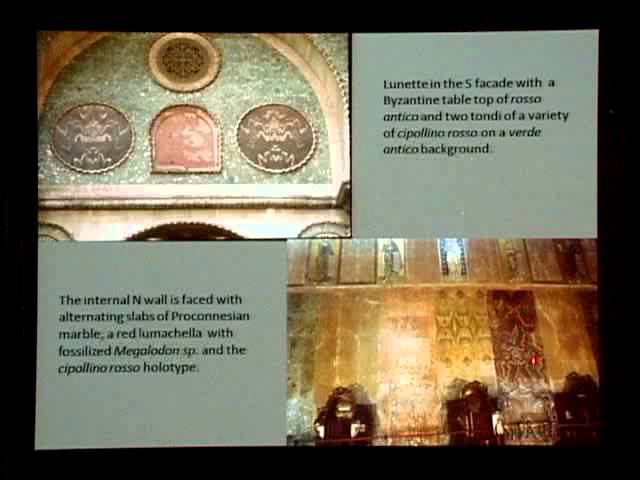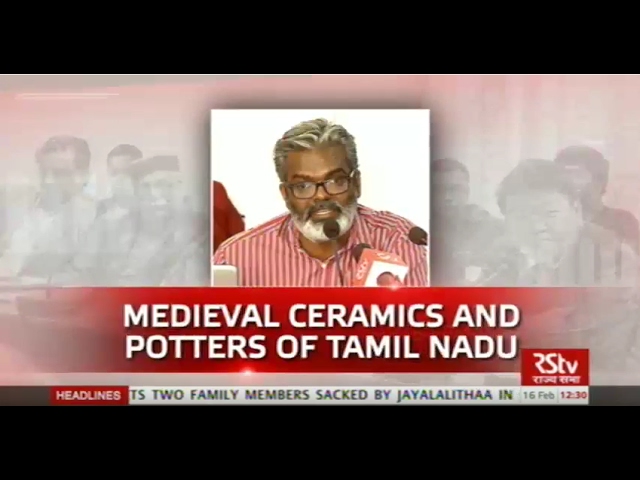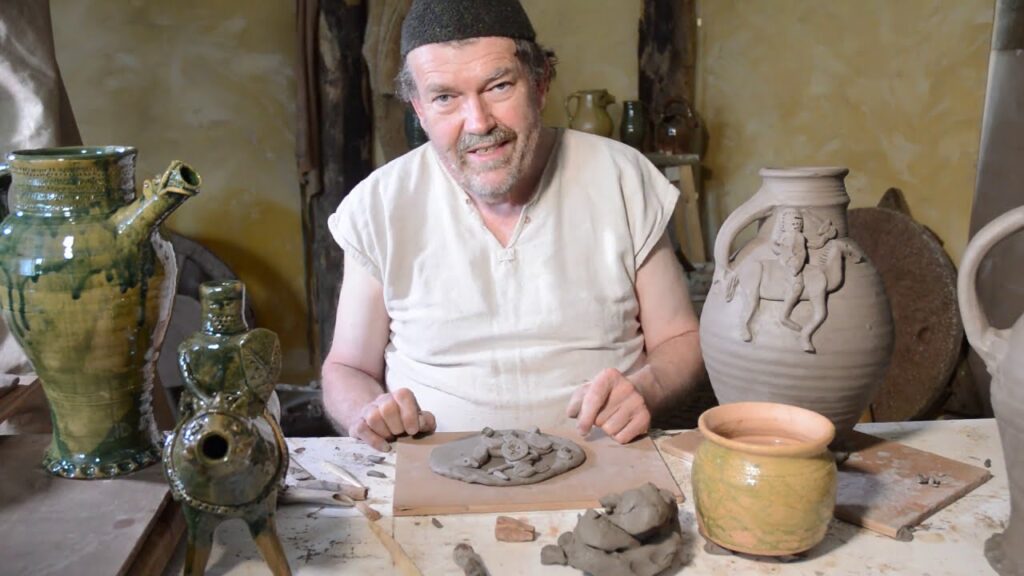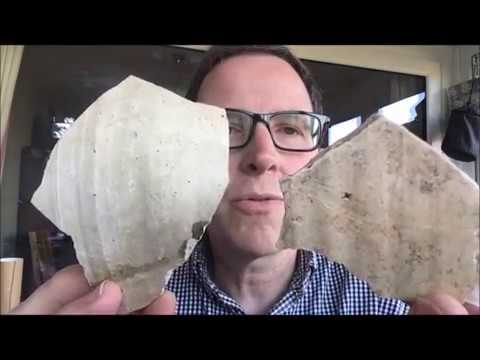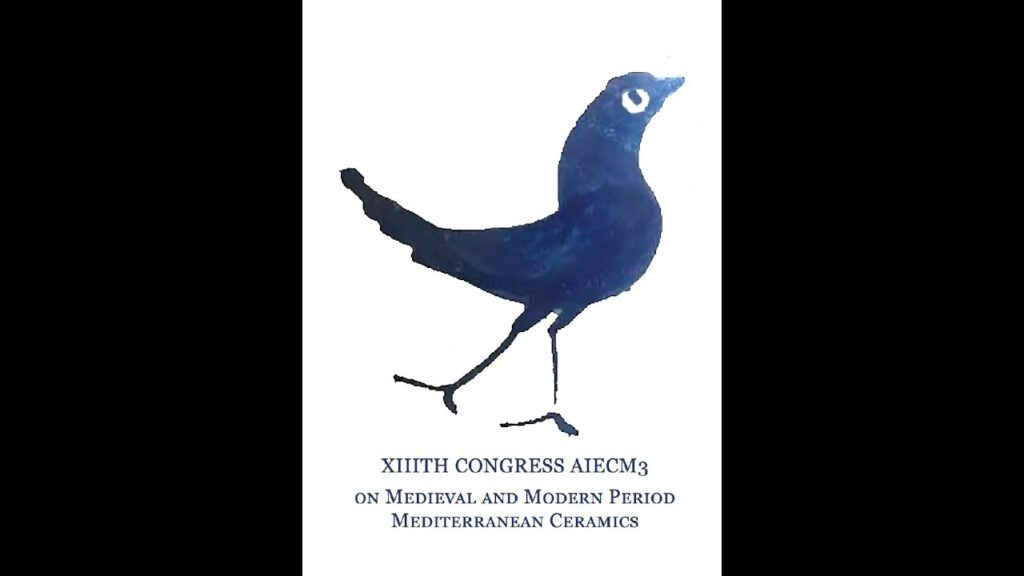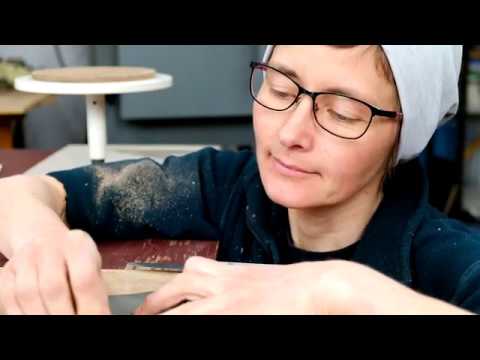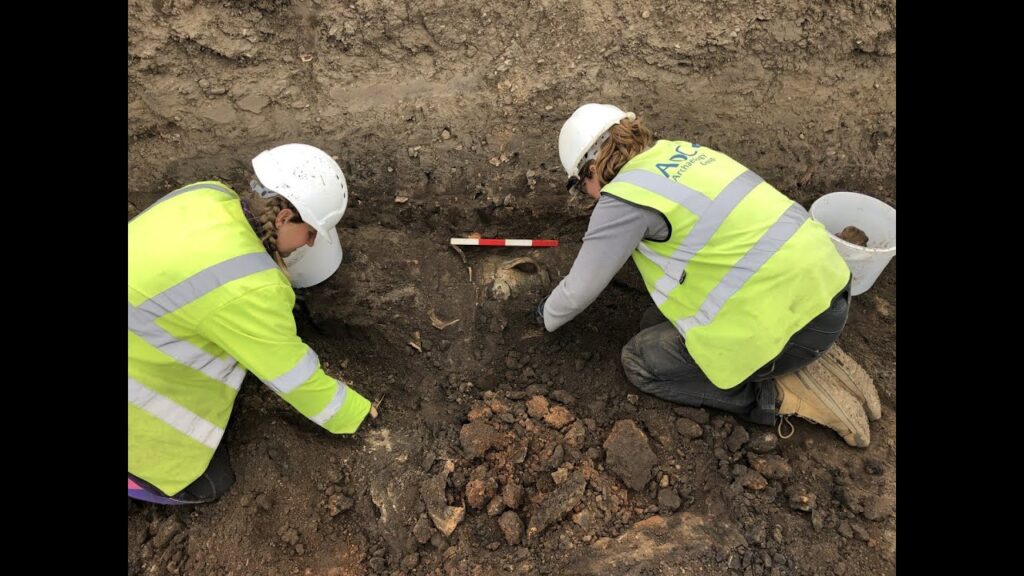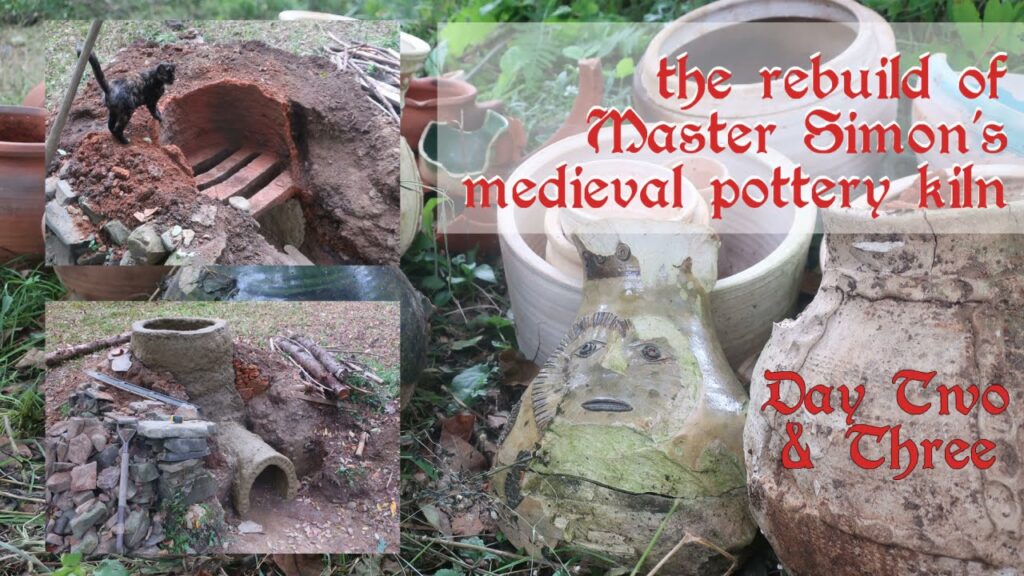Stones of Medieval Italy
To celebrate the publication of Italian Medieval Sculpture in The Metropolitan Museum of Art and The Cloisters by Lisbeth Castelnuovo-Tedesco and Jack Soultanian, international specialists will present talks on medieval sculpture.
Lectures:
Welcome and Overview
Peter Barnet, Michel David-Weill Curator in Charge, Department of Medieval Art and The Cloisters, MMA
Introduction
Charles T. Little, curator, Department of Medieval Art, MMA
Italian Medieval Sculpture: Who? What? When? Where?
Dorothy F. Glass, professor emerita of Art History, University at Buffalo
Collecting Italian Sculpture
Pierre-Yves Le Pogam, chief curator, Department of Sculpture, Musée du Louvre
The Stones of Medieval Venice
Lorenzo Lazzarini, Professor of Applied Petrography and Director of the Laboratory of Analysis of Ancient Materials, Università IUAV di Venezia
Rethinking the Medieval Portrait Bust in Italy
Rebecca Müller, assistant professor, Kunstgeschichtliches Institut, Goethe-Universität Frankfurt am Main
Discussion Session
Moderated by Valentino Pace, Professor of Medieval Art, Università di Udine, and Richard Krautheimer Professor, Bibliotheca Hertziana, Max Planck Institute for Art History, Rome
This program is made possible by the Audrey Love charitable Foundation.

